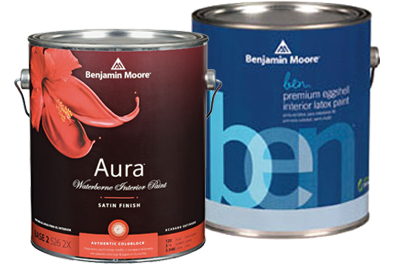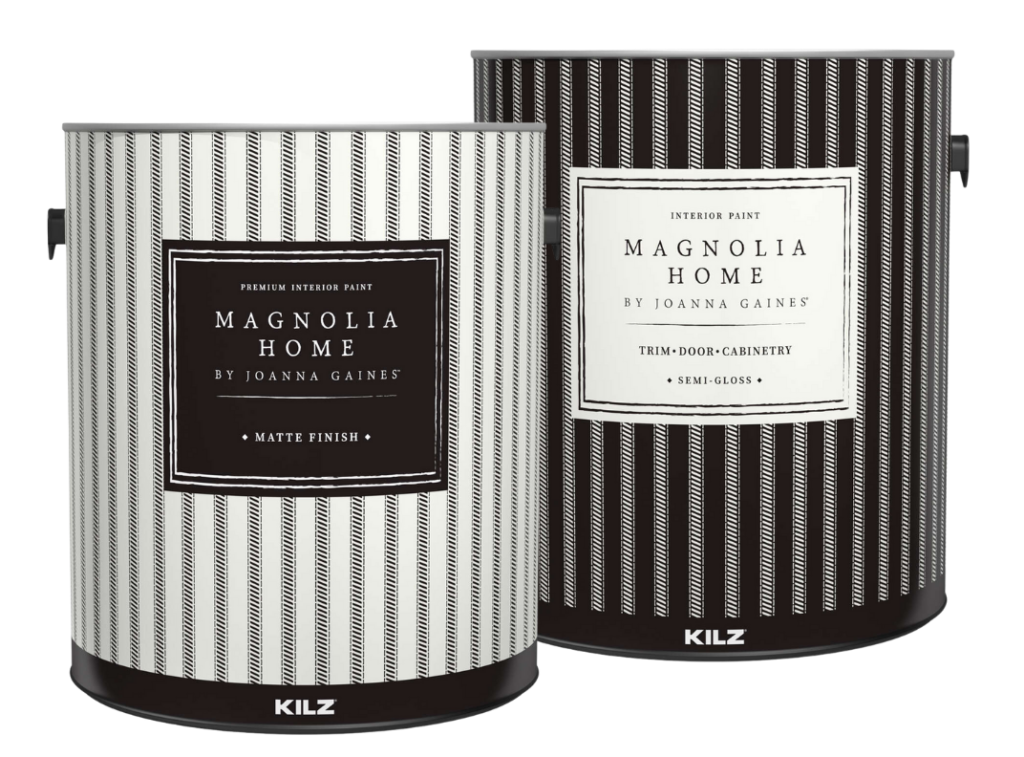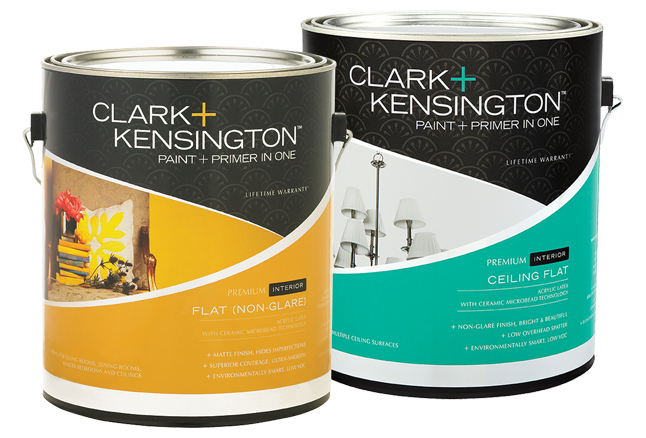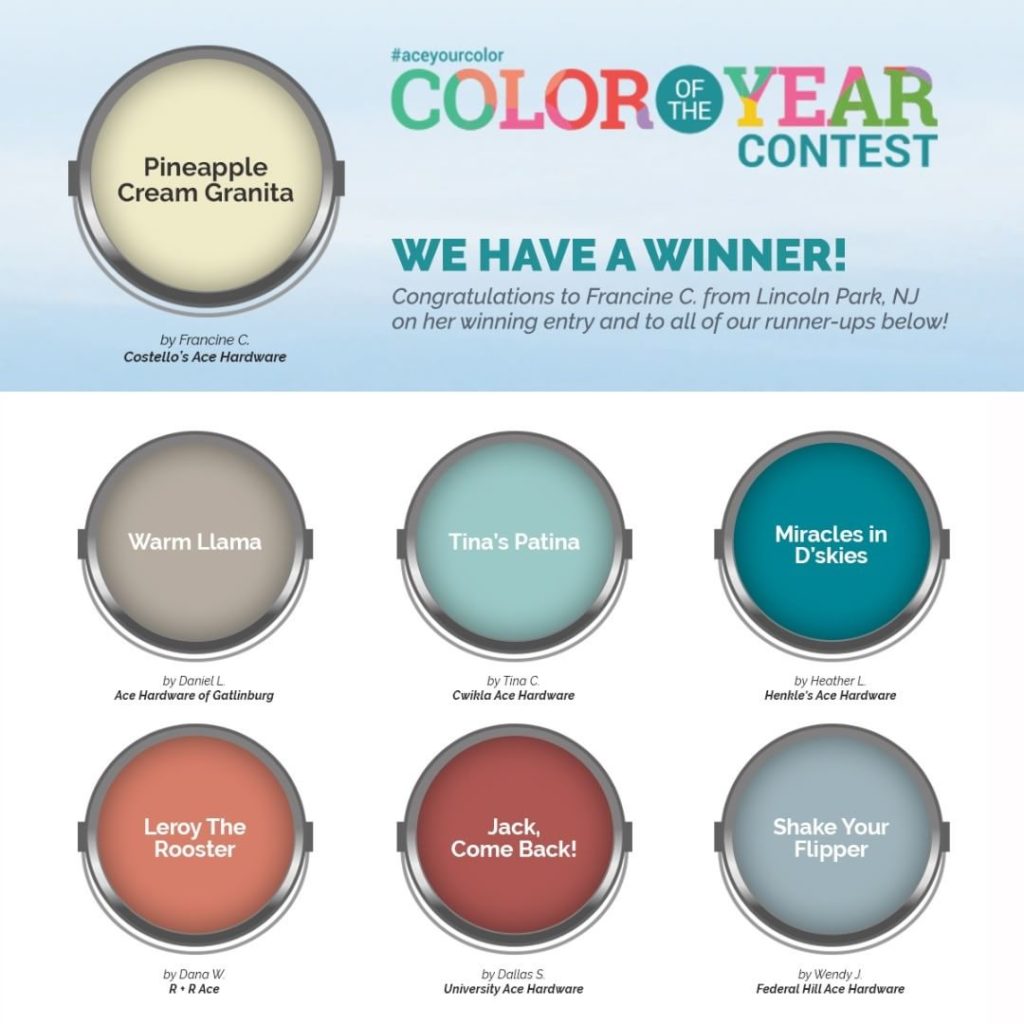
The Paint Studio
Ace Hardware of Fort Collins is your destination spot for great paint, great colors and great customer service!

Benjamin Moore

Magnolia Home

Clark+Kensington
In the Benjamin Moore line we carry five brands, Ben, Ultra Spec, Regal Select, Aura and Natura. Ben, Ultra Spec, Regal Select and Aura are all low VOC and low odor. Natura is the zero VOC’s and no odor. Furthermore, the Ben Moore line has a cabinet door and trim paint that can be colored just like all their other lines. Benjamin Moore’s website is very user friendly and available to assist you with matching colors to specific rooms with their Personal Color Veiwer, check it out.
Magnolia Home by Joanna Gaines® Paint is made to transform your vision into a reality. Crafted by Joanna Gaines, the colors have been chosen from Joanna’s own projects and are sure to inspire yours. Breathe new life into an old surface or add a bit more charm and character to any project. Backed by the makers of KILZ Paints and Primers, a trusted name for over 40 years, you can be sure that whether you’re remodeling, renovating or even touching up, Magnolia Home by Joanna Gaines Paint can help give you the one-of-a-kind look you’ve been dreaming of.
Clark+Kensington (CK) is Ace Hardware’s new paint and primer in one. Offering over 1,300 stunning colors, Clark+Kensington is the #1 rated paint choice by a leading consumer magazine. Find your soul-mate with Clark & Kensington for your indoor or outdoor painting needs. CK is a latex paint that comes in flat, satin, eggshell, semi-gloss and high gloss. It too is low VOC and low odor. Exclusively available at Ace Hardware.
With these three lines of paint we are able to mix thousands of colors and do custom matches off of many materials swatches, fabrics and other paint brands. Bring us a color in a 1″x1″ sample and we can match that color with the paint you want.
Is it stain you need?
Is your deck, log home or outdoor furniture in need of some TLC?
Come on in and let our customer service experts show you the wide variety of exterior stains such as Sikkens, Penofin (Red, Blue and Verde), Superdeck, Cabot, Messmer’s, BM’s Arborcoat, Preserva-Wood, TWP, and of course Ace Wood Royal. There are many different varieties to choose from because they have different characteristics and benefits, including tinting to a variety of colors. Come in and let us help you pick the correct one for your application.
We also carry a large selection of indoor stains including Minwax and Zar.
Concrete stains: quite often you will find concrete in colors other than gray. We carry Mason’s Select, a duckback product, which offers a few pre-tinted colors but also allows us to tint to a variety of colors. Staining concrete is similar to staining a deck, you need to clean and etch the concrete prior to applying the stain, followed by a sealant.
Paint Supplies
As far as paint supplies go we have anything from rollers and brushes to thinners and drop clothes to make your painting or staining project complete!
Stop in and let our paint experts help you with your paint needs.
Often Asked Paint Questions
Congratulations to the nationwide Color of the Year contest winner and runner-ups! #AceYourColor

